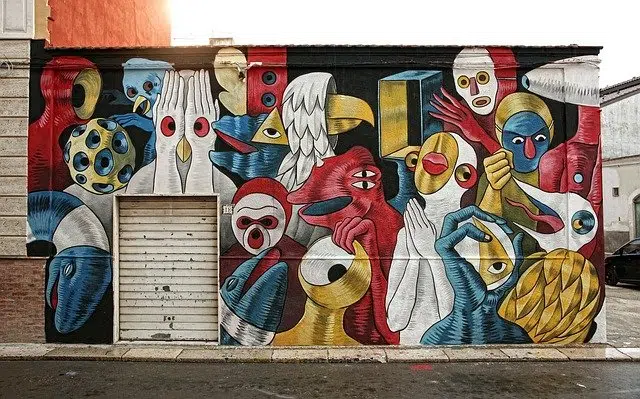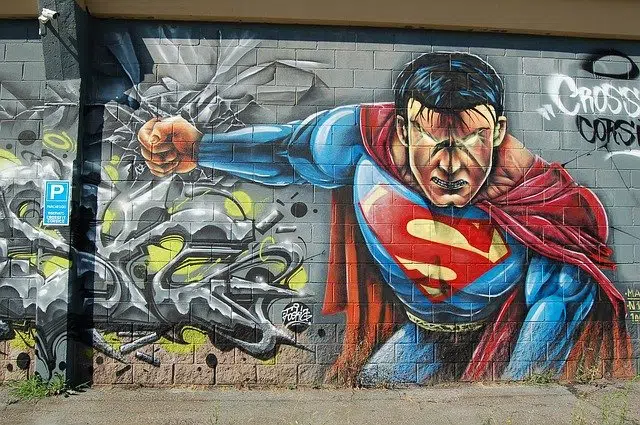
Art that is developed on a wall is known as muralism.
To establish the meaning of the term muralism, it is necessary, first of all, to discover its etymological origin. Specifically, it emanates from Latin. Exactly it is the result of the sum of the following lexical components:
-The noun “murus”, which means “outer wall”.
-The suffix “-al”, which is used to indicate “relative to”.
-The suffix “-ism”, which can be translated as “system” or “activity”.
The creation of mural paintings is called muralism : that is, works that are carried out along a wall. The term refers to this type of art ; to the knowledge and skills needed to develop it; and the movement that arose around it.
Characteristics of muralism
It must be established that it is indicated that muralism works must be supported by several clearly defined pillars:
-Polyangularity, which means that there are different sizes and points of view on the same plane.
-It must capture a story.
-Monumentality, which means that they have to be carried out on walls of a certain size and with specific characteristics in terms of composition.
-As a general rule, they are very colorful. And it is considered that this not only attracts people's attention but also awakens emotions.
There are various types of muralism techniques. However, among the most significant we can highlight some such as the sculptural relief, the tesserae, the ceramic mural and the mural painting.

It is possible to find manifestations of muralism in many cities.
The movement in Mexico
At the beginning of the 20th century , muralism began to grow strongly in Mexico . After the Mexican Revolution , several artists turned to mural painting as a mechanism of political action, seeking to spread certain ideals. The State , in fact, supported the muralists, providing them with resources for their work.
Diego Rivera, David Alfaro Siqueiros y Jose Clemente Orozco están considerados como los principales exponentes del muralismo mexicano. Entre las características más importantes del muralismo forjado en Mexico aparecen la revalorización de la culture indígena, el compromiso social y la confianza en la relevancia de la faceta pública de las manifestaciones artísticas.
The Palace of Fine Arts , the Supreme Court of Justice and the National Palace are some of the Mexican buildings where works of muralism can be seen. The muralists of that nation, however, also worked abroad.
Stories of muralism in the American continent
It should be noted that, beyond the impulse given by Rivera , Siqueiros and company to this type of paintings, the roots of muralism in the American continent are remote. Pre-Hispanic people created murals in Teotihuacan , Cacaxtla and Bonampak , for example , as was known thanks to the ruins that remained standing until today. Some of these murals date from the first centuries of our era.
Although it was in Mexico where it managed to originate and reach its maximum expression, little by little it has spread throughout the world.
It is common for there to be people who confuse muralism and graffiti. However, one of the main differences between the two is that the works of the former are commissioned by the owners of the walls.
